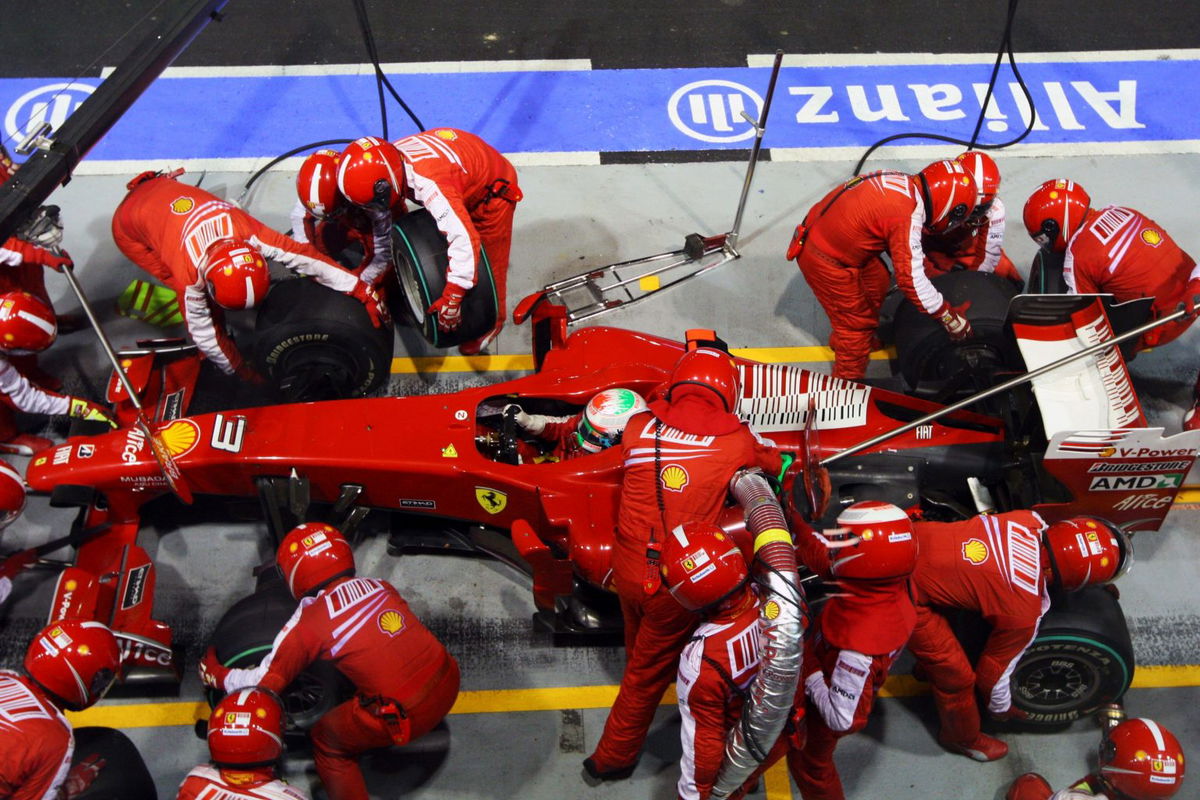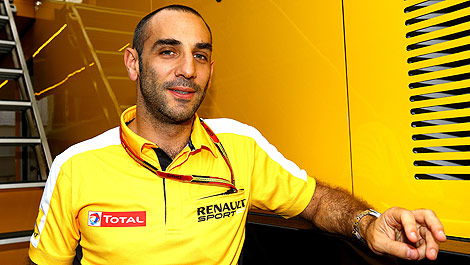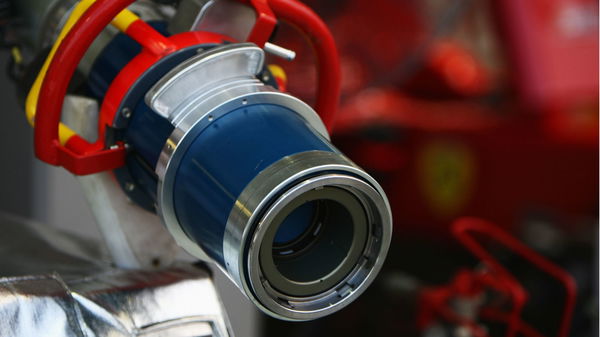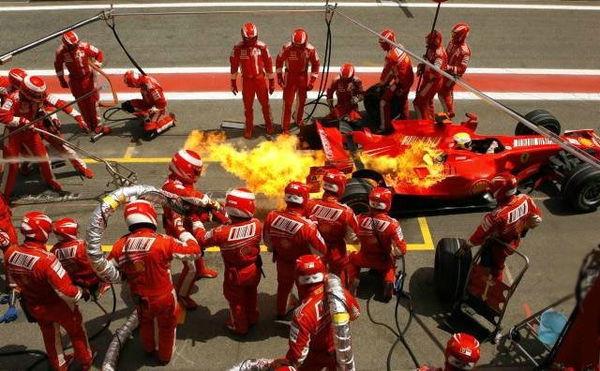

The Renault managing director, Cyril Abiteboul has called for the abolition of the current fuel limit capacity in F1, as he feels its “destroying” the positive messages regarding power unit technology.
Watch What’s Trending Now!

Imago
Cyril Abiteboul is one of the main team MD’s calling for a removal of the fuel limits.
Under current rules, the 1.6 litre turbocharged units have a fuel flow rate of 100 kg per hour and cars cannot use more than 100 kg of fuel in the race (not to mention, there is the mandatory 1 litre sample fuel testing post-race). There have been discussions between the teams and regulators over removal of this fuel limit.
ADVERTISEMENT
Removal of the fuel regulations should firstly free the drivers from the obligation of fuel management and focus on all out racing and attacking one another. The format during the glory days of Schumacher is what the sport needs. No fuel limits, and the cars did not have to carry the full 100 kg from the start, and could pit for a combined fuel-tyre stop. This led to an emphasis on a proper strategy, as stops in the pits could be as long as 15-25 seconds.
But with lighter cars, and no worry about the fuel limits, the drivers can push their car to the limits. This would compensate for the longer pit stops.
However, as Abiteboul said, the fuel –flow limitation should remain, to prevent the teams from using artificial means of burning more fuel in their cars. That would be an unfair advantage to those.
ADVERTISEMENT
The FIA, if they remove this, should impose more stringent fuel tests. With teams given the go-ahead to use more fuel in a race, there is the possibility of adding chemicals to the fuel mixture.
Also, to regulate pit stops, the FIA can supply the fuel hoses to ensure, all teams can pour fuel into the car at the same rate. This was done in 2009, when fuel was added at the rate of 10 litres per second.
ADVERTISEMENT

Imago
The fuel pipe should be common, as it was in 2009.
It can be agreed that there is now an added element of risk to the drivers and crew. However, they all wear fire proof suits, and with a designated person with the extinguisher, the extra risk can be mitigated. It won’t be fool proof. Chances are, the car might suffer damage in the quick fire, which might end its race, but that added element of uncertainty can help improve the overall spectacle.

Imago
There are added risks with refuelling.
The chances of removing the fuel capacity restriction depend on the vote by the teams and regulators. With the parties split over continuing with this format, or removing the fuel restrictions, a decision will not be reached in the near future.
ADVERTISEMENT
Yet, it’s possibly the best direction forward for the sport.
ADVERTISEMENT
ADVERTISEMENT
ADVERTISEMENT

